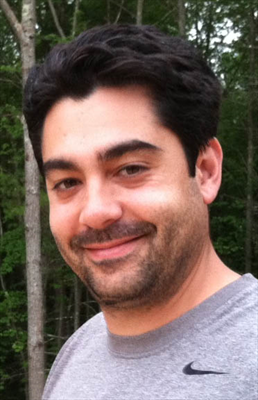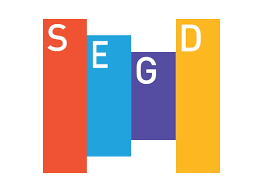Inside Metro Signs – Corey Fisher, Partner, V.P. Operations
Design/Build, Exterior Signage, Inside Metro, Metro Sign & Awning, Others, Signage TipsWith a degree in Mechanical Engineering from Worcester Polytechnic Institute (WPI), Corey Fisher is a man who knows how to make things. He enjoys the challenges that come with the signage industry and takes pride in the products he helps create.
Corey first started with Metro Sign and Awning about 10 years ago as a technician, a role which soon developed into an estimating position. About a year later, an opportunity arose for Corey to join in partnership with the existing owners: Brian Chipman and Tom Dunn.
“Throughout school, I was always interested in CAD design and CNC machining, which just so happens to have many applications within the signage industry today,” says Corey, “so I asked Brian and Tom about buying my way into the company with the purchase of a CNC router”.
For those who don’t know, a CNC router is a state-of-the-art computer-controlled cutting machine that enables precise fabrication of customized components from various materials such as aluminum, composites, foam, and plastic.
The router soon became a key piece of equipment for the growing company.
With this device available, Metro Sign’s designers can produce digital drawings that can quickly be fabricated in full scale and intricate detail by cutting 2-D and 3-D parts for the outline of a sign, a letter or shape, an architectural or accent piece – or almost anything else.
It’s All Custom Manufacturing
“I like the variety of activities,” Corey says, of his work with Metro Sign. “This is custom manufacturing. We face new challenges all the time, always tackling new projects. Basically, people are constantly asking us if we can make what they have envisioned.”
“So far,” he says with pride, “we can.”
Corey gets particular pleasure from hearing Metro Sign’s customers report that a sign they built transformed the face of their business.
“You see a lot of crappy looking signs,” he acknowledges, “but not so many good ones. That’s a shame, because a well-designed, well-constructed sign can really enhance the look of a building or a business location.”
Corey’s favorite challenge is coming up with ways to bring a customer’s vision to life. Of course this isn’t always easy.
“We have a good track record for pulling off some very interesting projects most sign companies wouldn’t attempt to take on,” says Corey. “I think that sets us apart from the rest of the crowd and continues to attract even more custom projects our way.”
Regarding the design and fabrication end of the business, he says, “There are a lot of bright people here with years and years of experience. When we all put our minds together, there isn’t a whole lot we can’t figure out.”
Working at Metro Sign and Awning, Corey has learned that having a general idea of how to make something is not nearly enough. Building signage to an architect’s or designer’s precise specifications is a complex affair. For example, just selecting the right design, materials, lighting, colors and support methods can be a tedious process. Then throw other variables in the mix, such as permitting, zoning boards, the elements, and coordination with other skilled trades, and you have a towering pile of details that need to be worked through.
“You can sketch an idea roughly on paper in a day or two,” Corey explains. “But then you need to draw it electronically, revise it to completion and approval, then build and install it. Some signs can be completed in a week or two, but bigger projects can require up to three or four months, and even longer.”
One of Corey’s favorite projects was the Rumford Center, in Rumford, RI. He liked the challenge of mounting this 2,000 pound sign to the aged mill building, itself made of posts and beams, with only a thin brick fascia. The trick was to suspend the heavy blade-style sign off the wall using just three structural legs into the building’s floor beams.
“Looking at that sign,” says Corey, “you’d never imagine how much thinking and work we did finding the best way to get that sign properly supported.”
Working on Boston’s new Mandarin Oriental Hotel was another of Corey’s favorite sign-building experiences. “I liked the fact that, instead of ordinary signs, we were making architectural features that incorporated elements of signage. To me, they look like sails hanging off the side of the building. But when you look closer, you see elements of branding. Projects like that are a blast and some of the most rewarding work I’ve ever done.”

